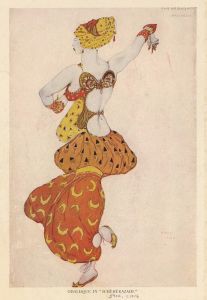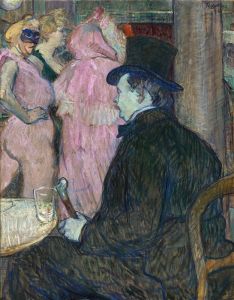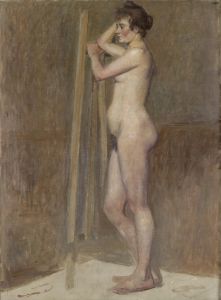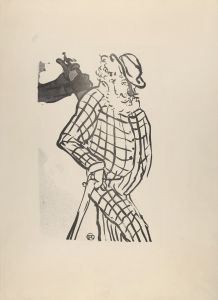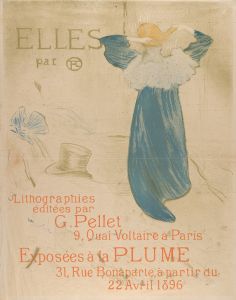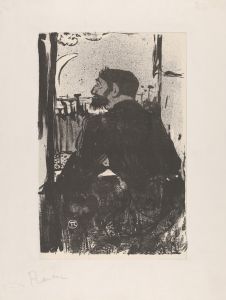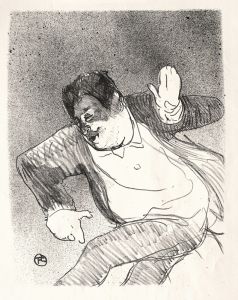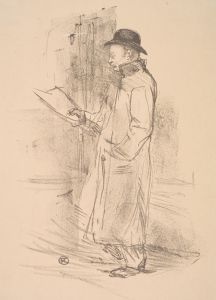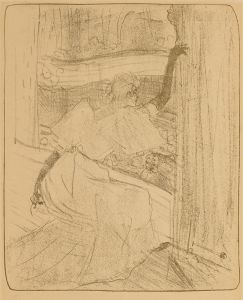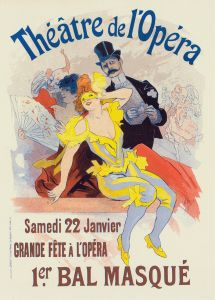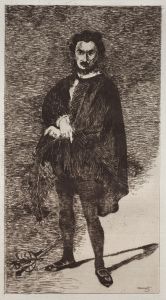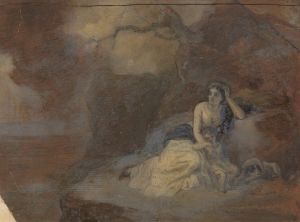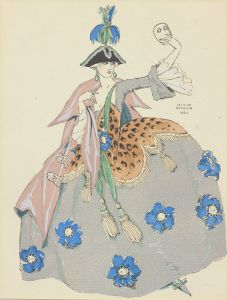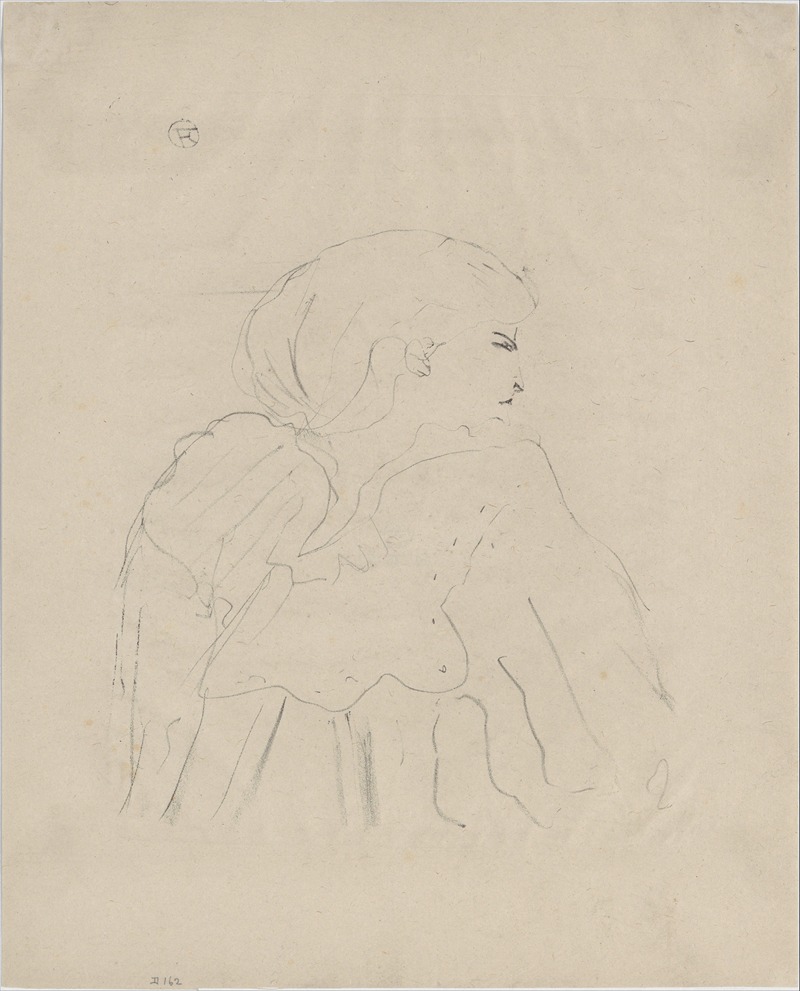
Jane Hading
A hand-painted replica of Henri de Toulouse-Lautrec’s masterpiece Jane Hading, meticulously crafted by professional artists to capture the true essence of the original. Each piece is created with museum-quality canvas and rare mineral pigments, carefully painted by experienced artists with delicate brushstrokes and rich, layered colors to perfectly recreate the texture of the original artwork. Unlike machine-printed reproductions, this hand-painted version brings the painting to life, infused with the artist’s emotions and skill in every stroke. Whether for personal collection or home decoration, it instantly elevates the artistic atmosphere of any space.
Henri de Toulouse-Lautrec, a prominent French painter and printmaker, is renowned for his depictions of Parisian nightlife in the late 19th century. Among his many works, "Jane Hading" is a notable piece that captures the essence of his artistic style and the cultural milieu of his time. Jane Hading, the subject of this artwork, was a celebrated French actress known for her performances in the theater during the Belle Époque period.
Toulouse-Lautrec's portrayal of Jane Hading is a testament to his keen interest in the theatrical world and his ability to capture the personality and charisma of his subjects. The painting is characterized by Lautrec's distinctive use of color and line, which convey both the elegance and the vivacity of Hading. His technique often involved bold outlines and a limited color palette, which helped to emphasize the features and expressions of his subjects, bringing them to life on the canvas.
Jane Hading was born Jeanne-Alfrédine Tréfouret in 1859 in Marseille, France. She gained fame for her work in the theater, particularly in Paris, where she became a leading actress. Her career was marked by her performances in both comedic and dramatic roles, and she was celebrated for her beauty and talent. Hading's prominence in the theatrical world made her a fitting subject for Toulouse-Lautrec, who was deeply embedded in the cultural and social scenes of Paris.
Toulouse-Lautrec's connection to the theater and his friendships with many performers provided him with unique access to the world of actors and actresses. This allowed him to create intimate and insightful portraits that went beyond mere likeness to capture the spirit of his subjects. His work often reflected the bohemian lifestyle of Montmartre, where he lived and worked, and where many artists, writers, and performers congregated.
The painting of Jane Hading is part of a larger body of work by Toulouse-Lautrec that includes portraits of other notable figures of the time, such as dancers, singers, and fellow artists. His ability to depict the vibrancy and dynamism of Parisian life has made his works enduringly popular and significant in the history of art.
Toulouse-Lautrec's style was influenced by various art movements, including Impressionism and Post-Impressionism, but he developed a unique approach that set him apart from his contemporaries. His focus on the human figure and his interest in capturing moments of everyday life contributed to his reputation as a master of modern art.
The painting of Jane Hading, like many of Toulouse-Lautrec's works, is celebrated for its ability to convey the personality and allure of its subject. It stands as a representation of the artist's skill in portraiture and his deep connection to the cultural life of Paris. Through his art, Toulouse-Lautrec not only documented the people and places of his time but also left a lasting impact on the world of art, influencing generations of artists who followed.





